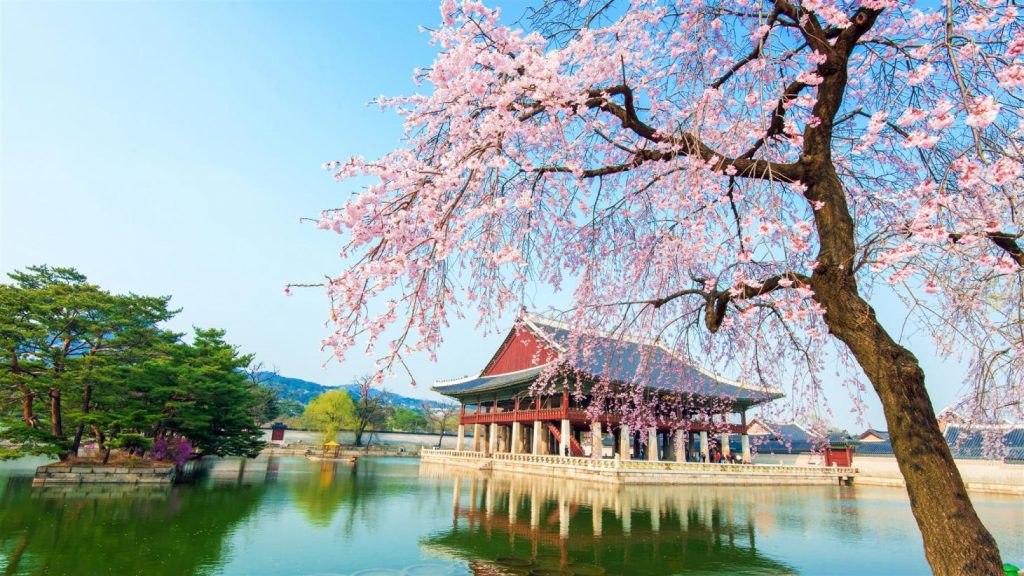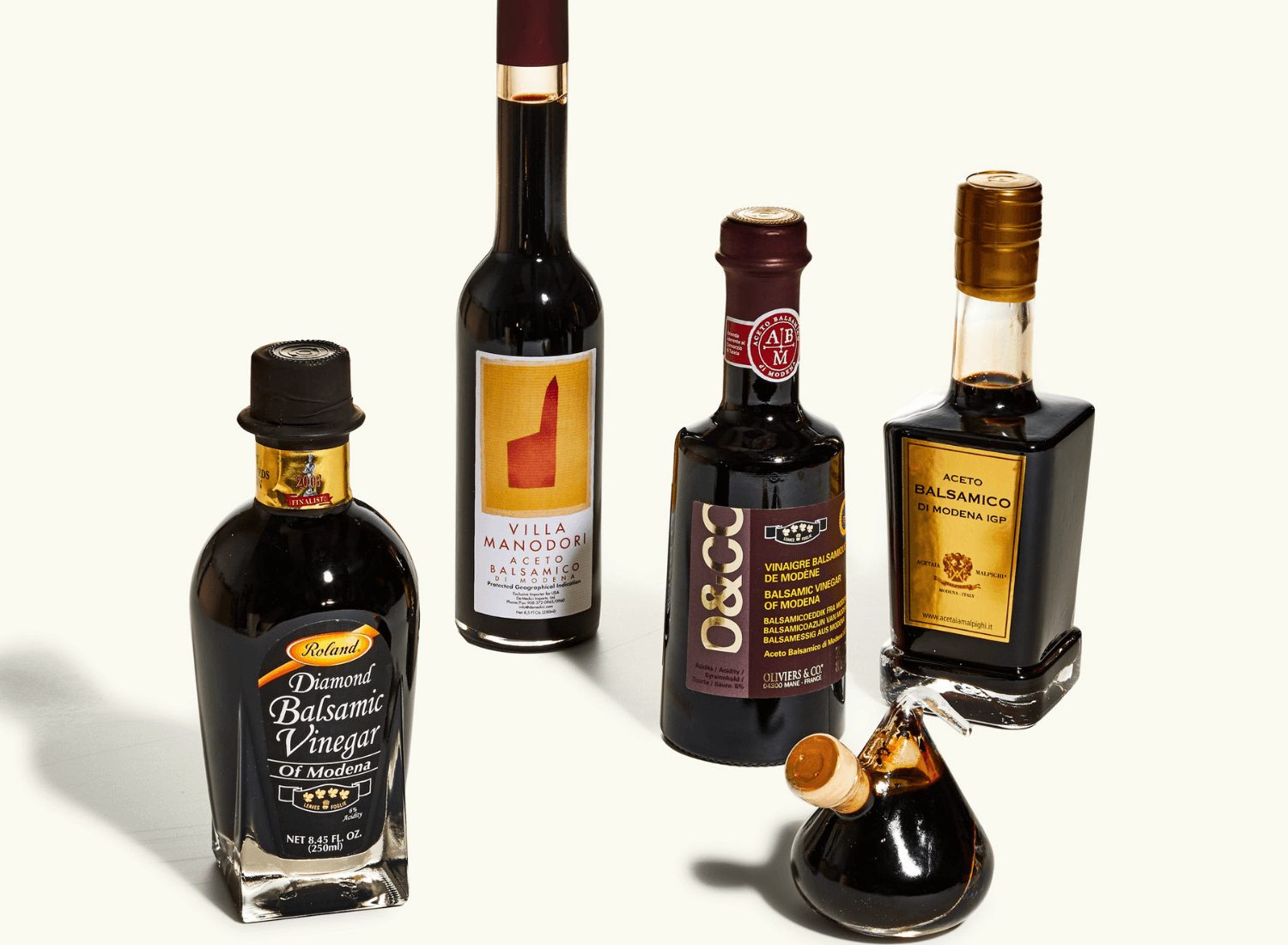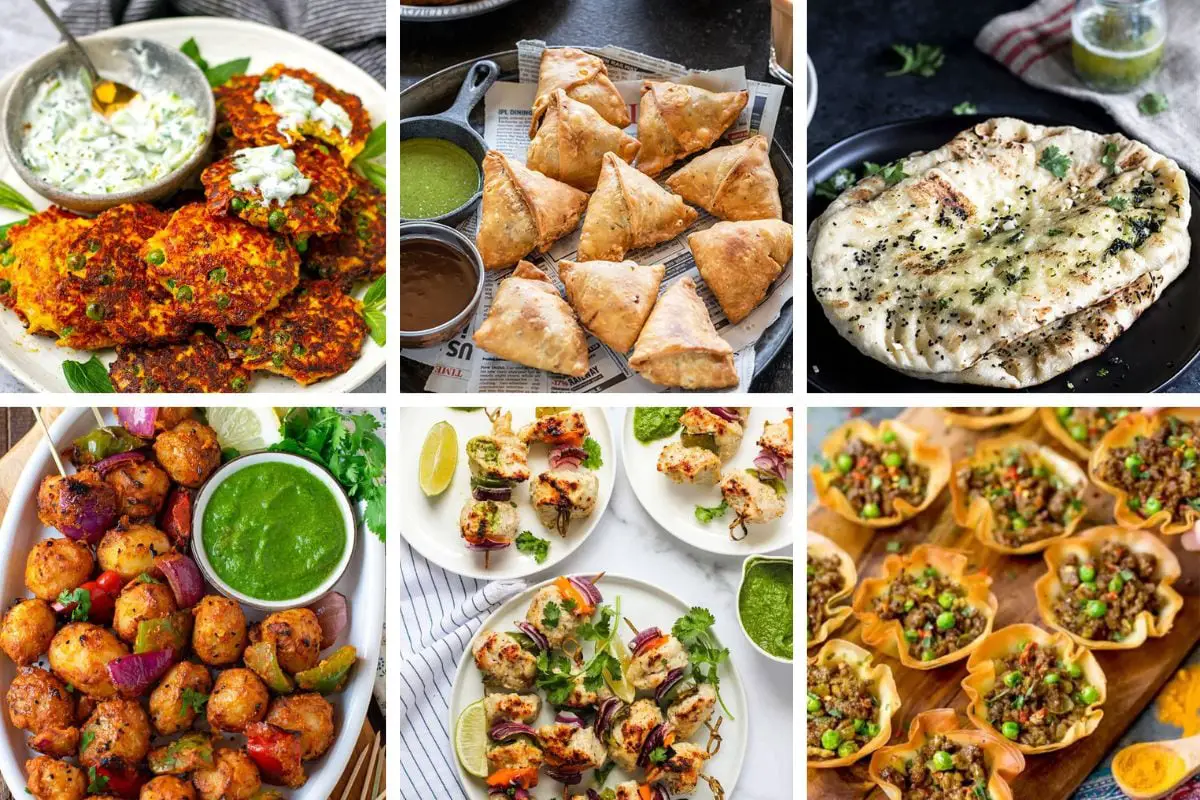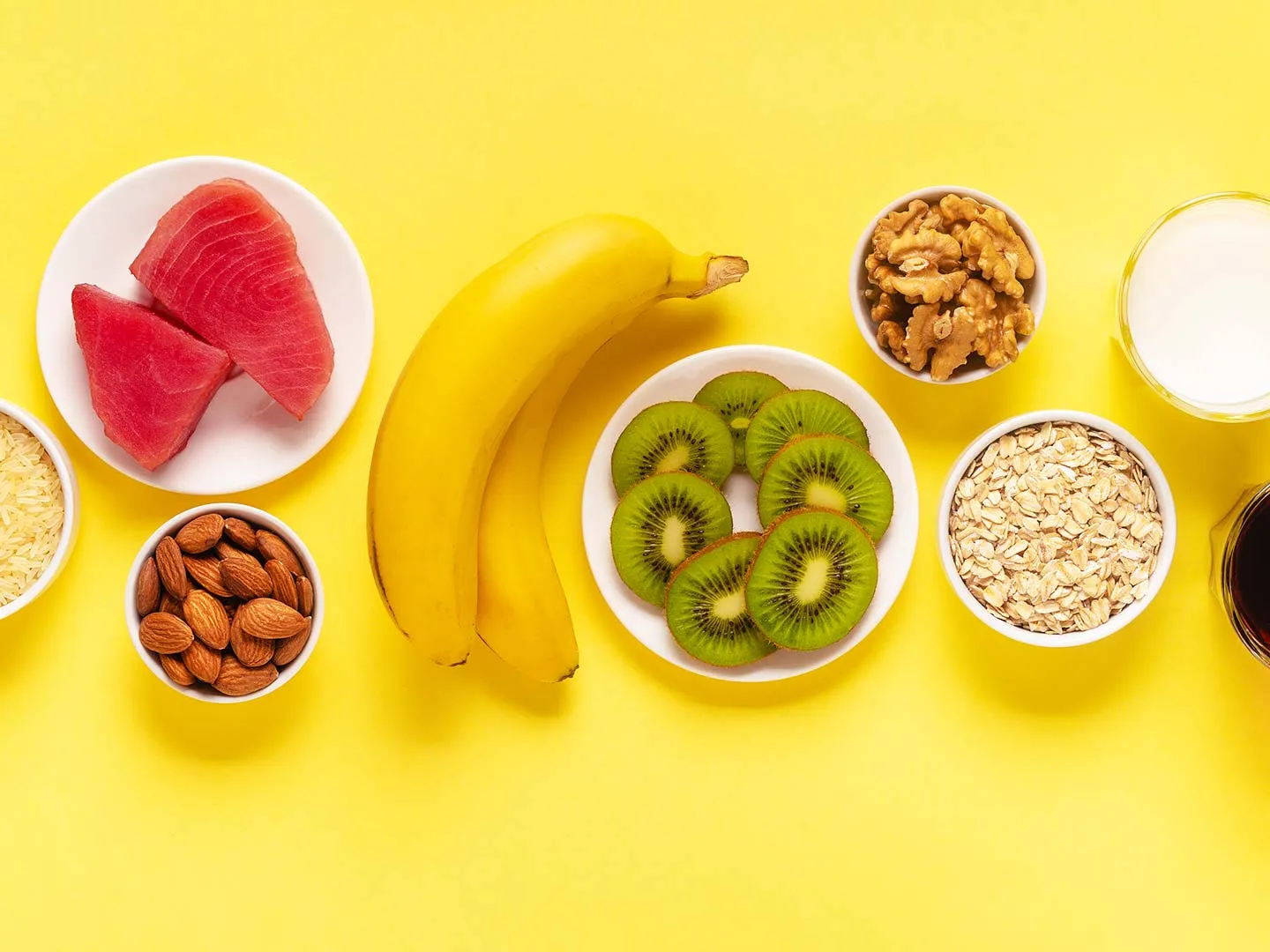In Korea, you have a drink for every occasion. A soda to go along with your mid-day snack, for when you’re out partying and even to cure that hangover the next day. There is so much to do in Korea, so here is a guide for a drink to accompany you in each of those moments.
18 Traditional Drinks to Try Out in Korea
1. Bokbunja ju
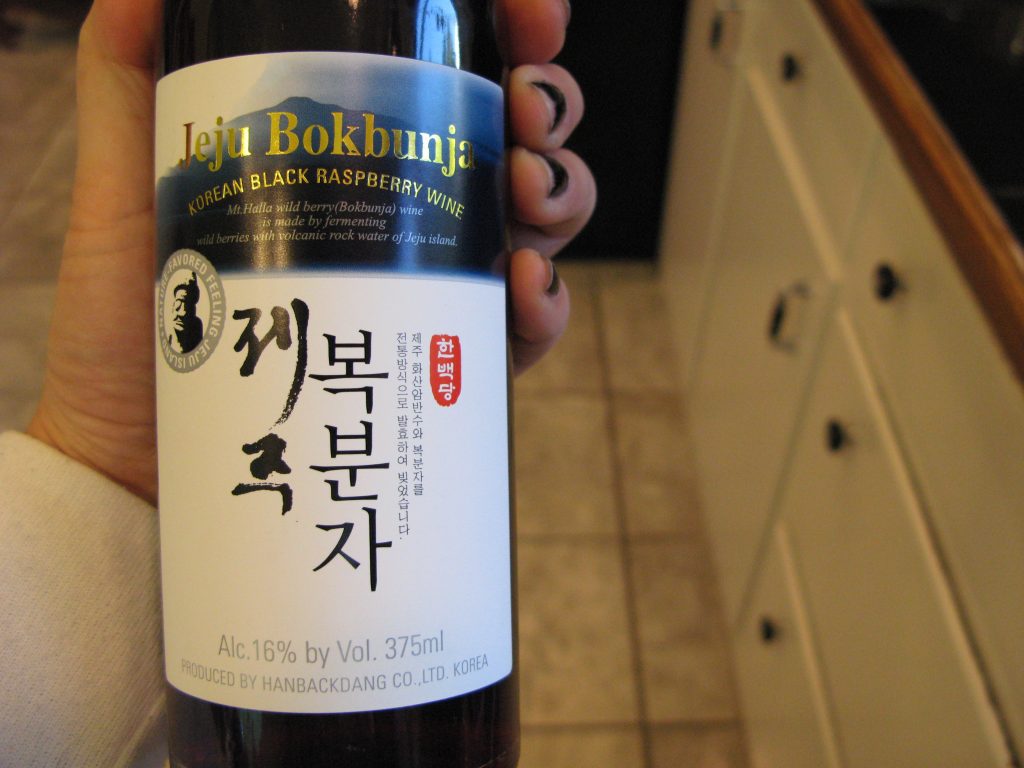
Bokbunjaju is a Korean fruit wine made from either wild or cultivated Korean black raspberry. It is made by fermenting berries with water. Some types also contain rice and jicho which is a herb. The wine is dark red in colour and medium sweet. The amount of alcohol content solely depends on the brand.
2. Banana milk
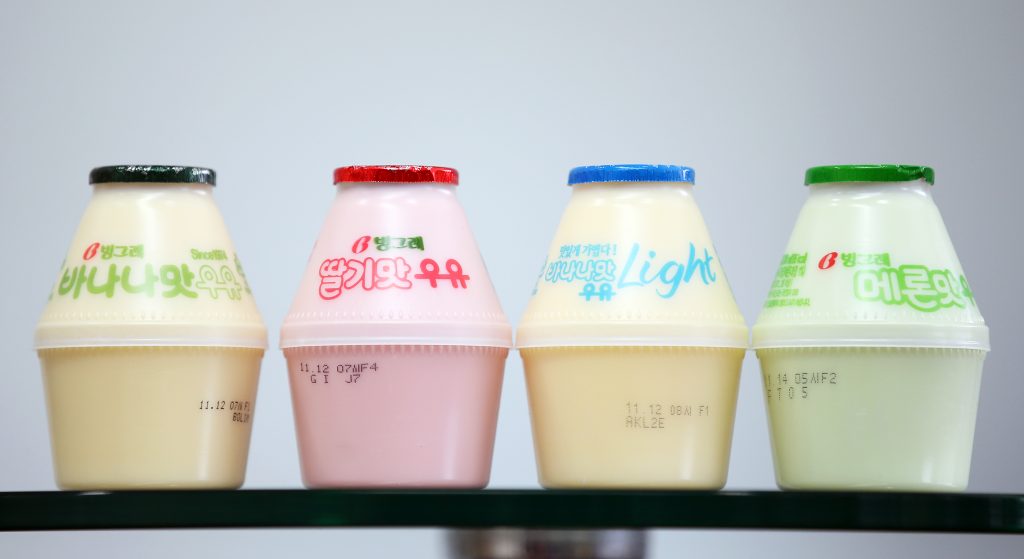
It was first introduced by Binggrae and ever since Binggrae has been the most popular brand for banana milk. Binggrae banana milk contains milk, water, sugar, banana juice concentrate, carotene and artificial flavours – banana and vanilla. It tastes just like a banana with a hint of vanilla and can be very addictive.
3. Soju
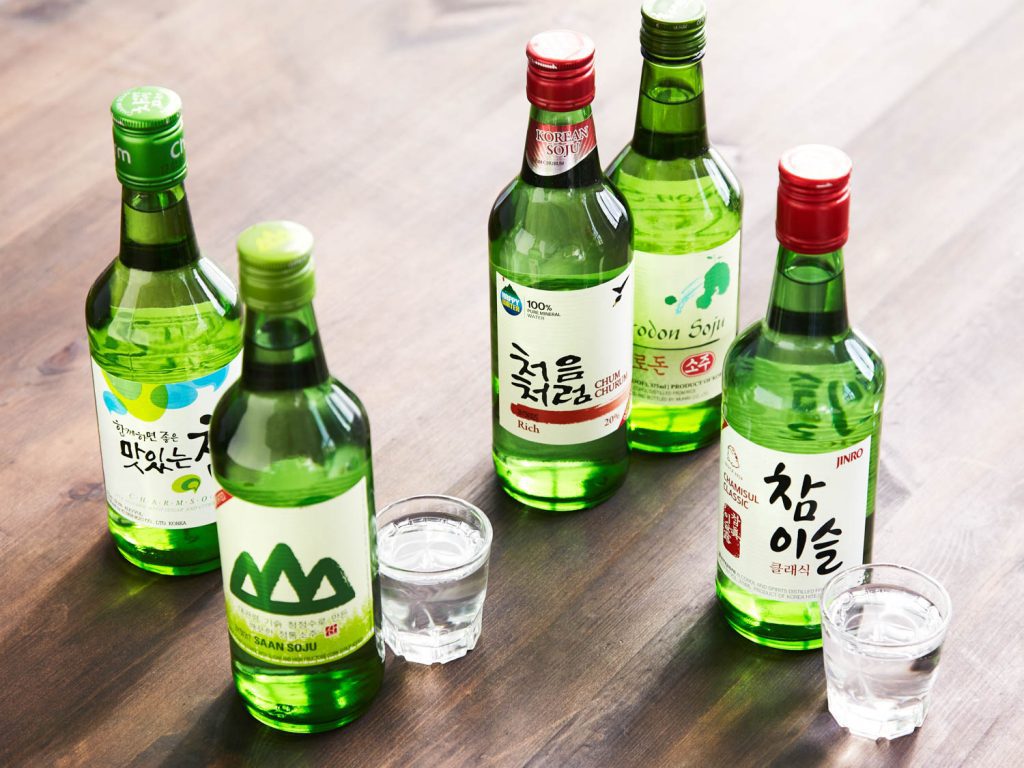
Soju is a clear, colourless Korean beverage. It is often consumed neat, and the alcohol content differs from 16.8% to 53% alcohol. It is a. alcoholic drink made from rice. Flavoured versions are available as well.
4. Daechu/Jujube tea
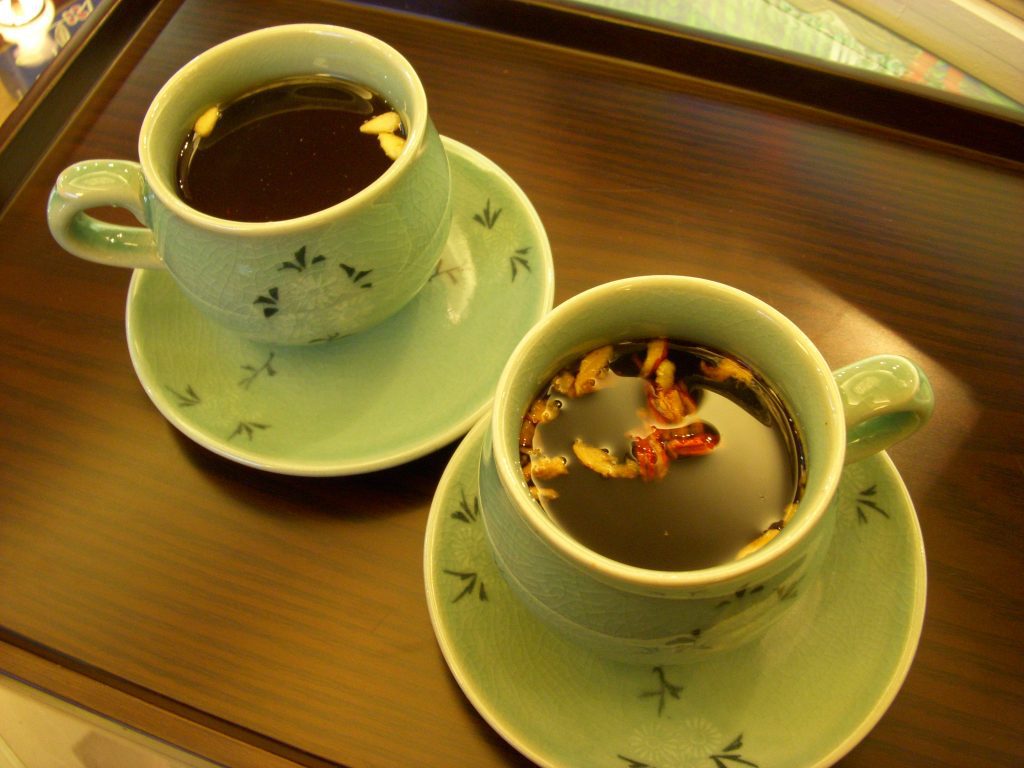
Daechu-cha is a traditional Korean tea that is made from jujubes. The tea is dark red-brown to deep maroon in colour and is high in iron, potassium, and vitamins B and C. It is usually garnished with pine nuts. There are two ways to make daechu-cha are boiling dried jujubes or diluting preserved jujubes into boiling water.
5. Plum tea/Maesil-cha
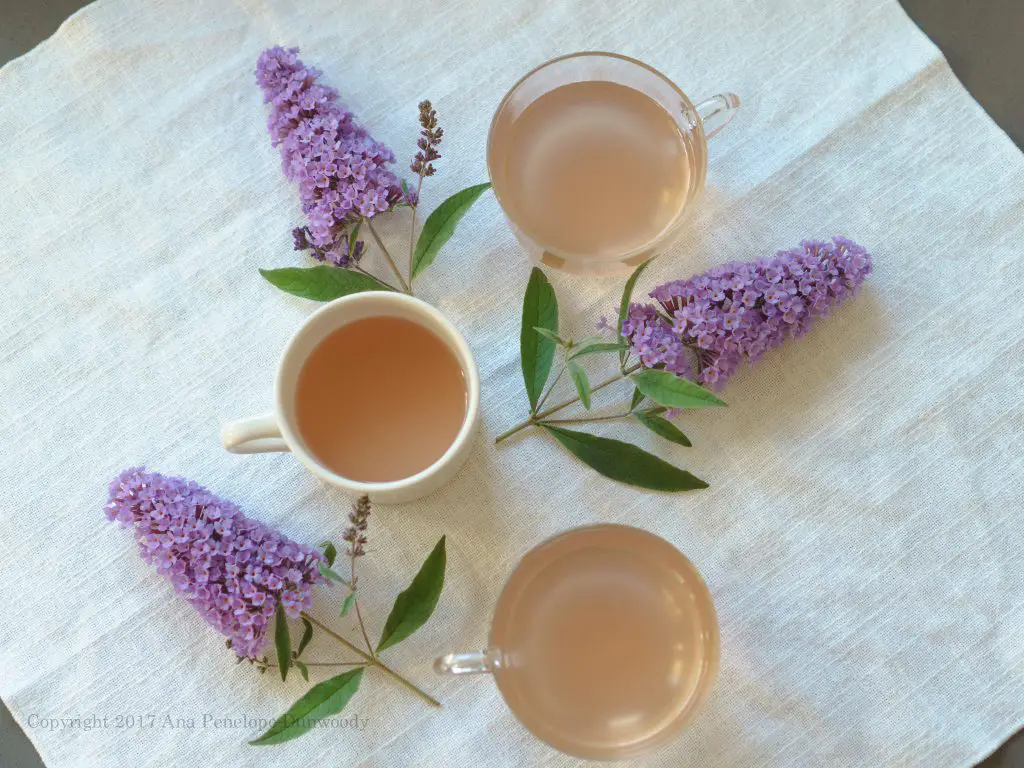
Maesil-cha or plum tea is a Korean herbal tea made from fresh plums, omae (smoked plums), or plum syrup. Usually, maesil-cha is made by mixing the plum syrup in hot or cold water.
6. Corn tea/ Oksusu-cha
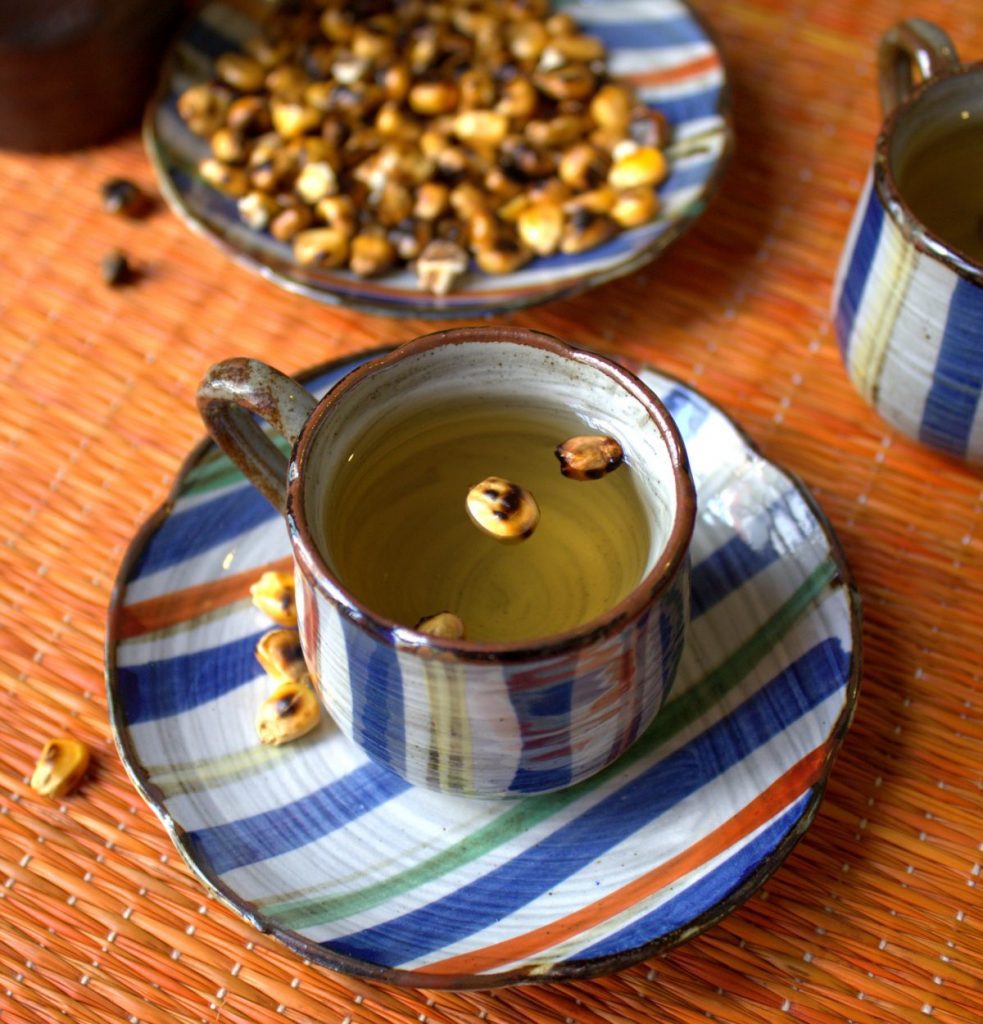
Oksusu-cha or corn tea is a typical Korean herbal tea made from roasted corn kernels. This caffeine-free blend is a popular hot drink for winter. Along with barley tea, oksusu-cha is one of the free grain teas served instead of water at many restaurants.
7. Sujeonggwa
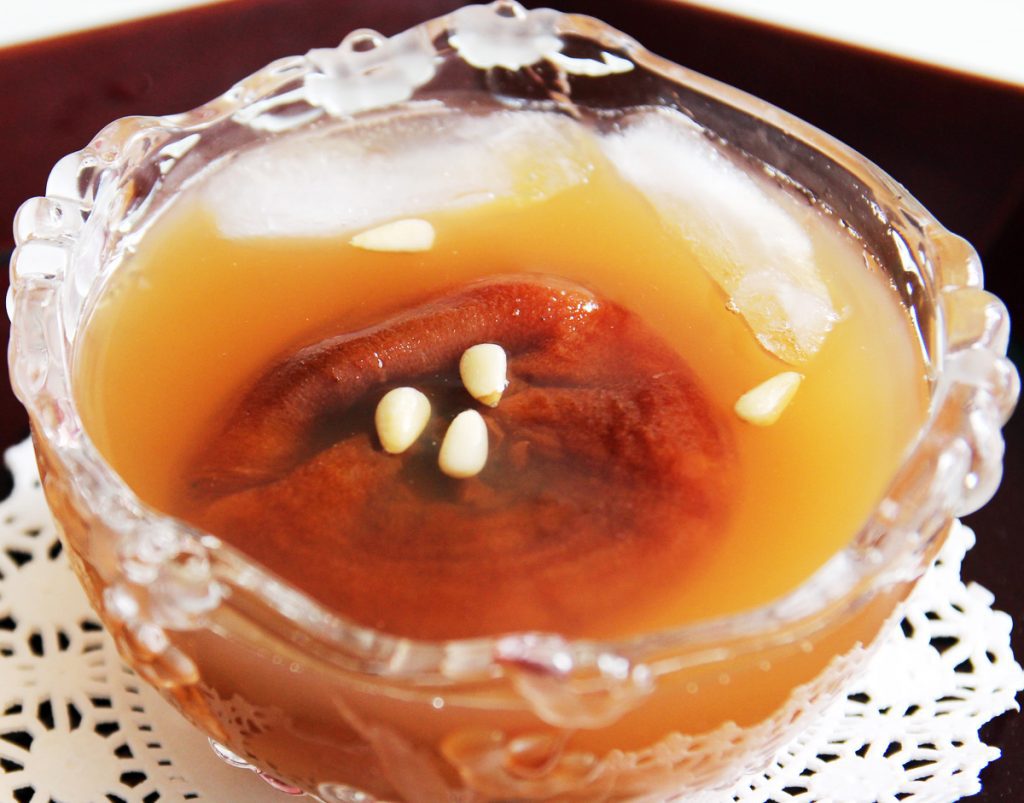
Sujeonggwa is a traditional cinnamon punch. It is deep red-brown in colour and it is made from dried persimmon and ginger. It is often garnished with pine nuts. Sujeonggwa is served cold and usually it is even served as a dessert because of its sweet taste. It is available in canned form as well.
8. Dawn 808
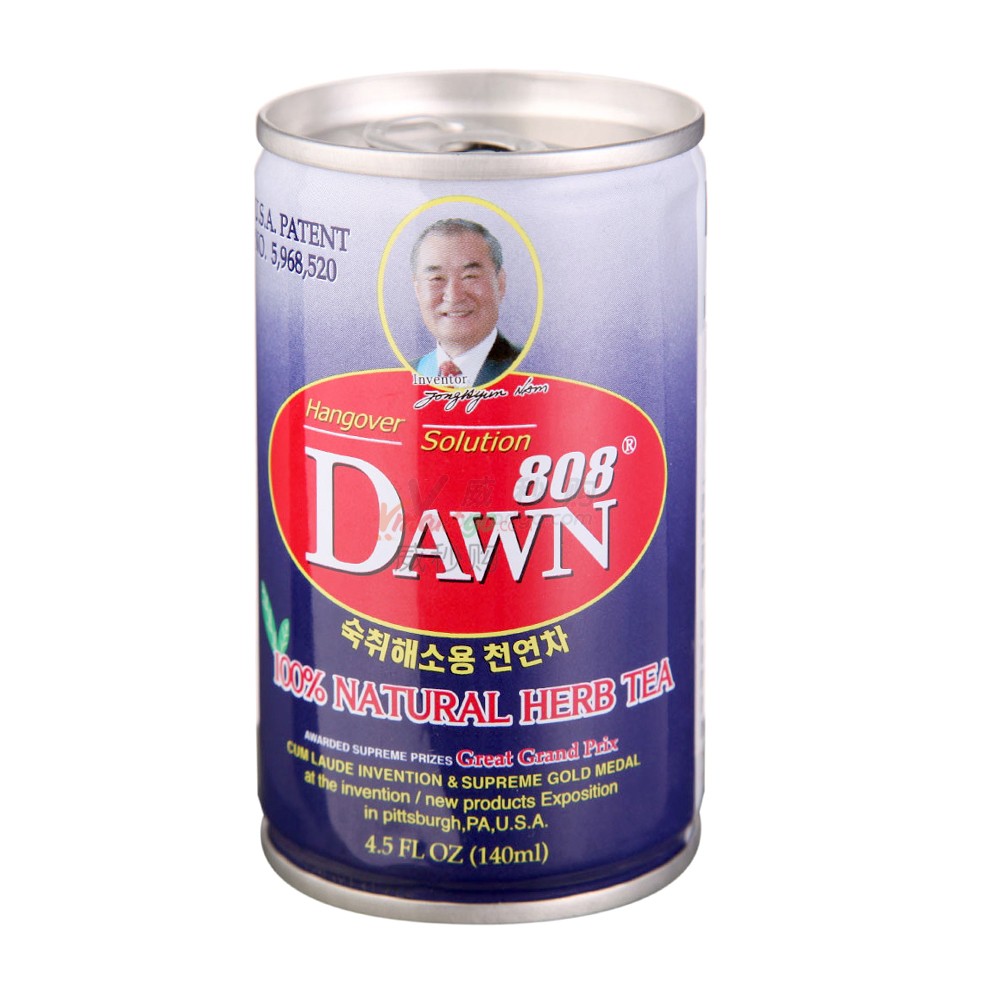
Dawn 808 or Yeomyung is the world’s first hangover recovery drink and its actually effective. It is outstanding compared to other drinks. In just 10-30 mins after drinking this, you can feel the hangover being relieved. It’s made only with herbs and it is 100% natural, which explains why it tastes so nasty. It is quite pricey as well. However, if you’re out drinking, stock up on these for the next day.
9. Sungnyung
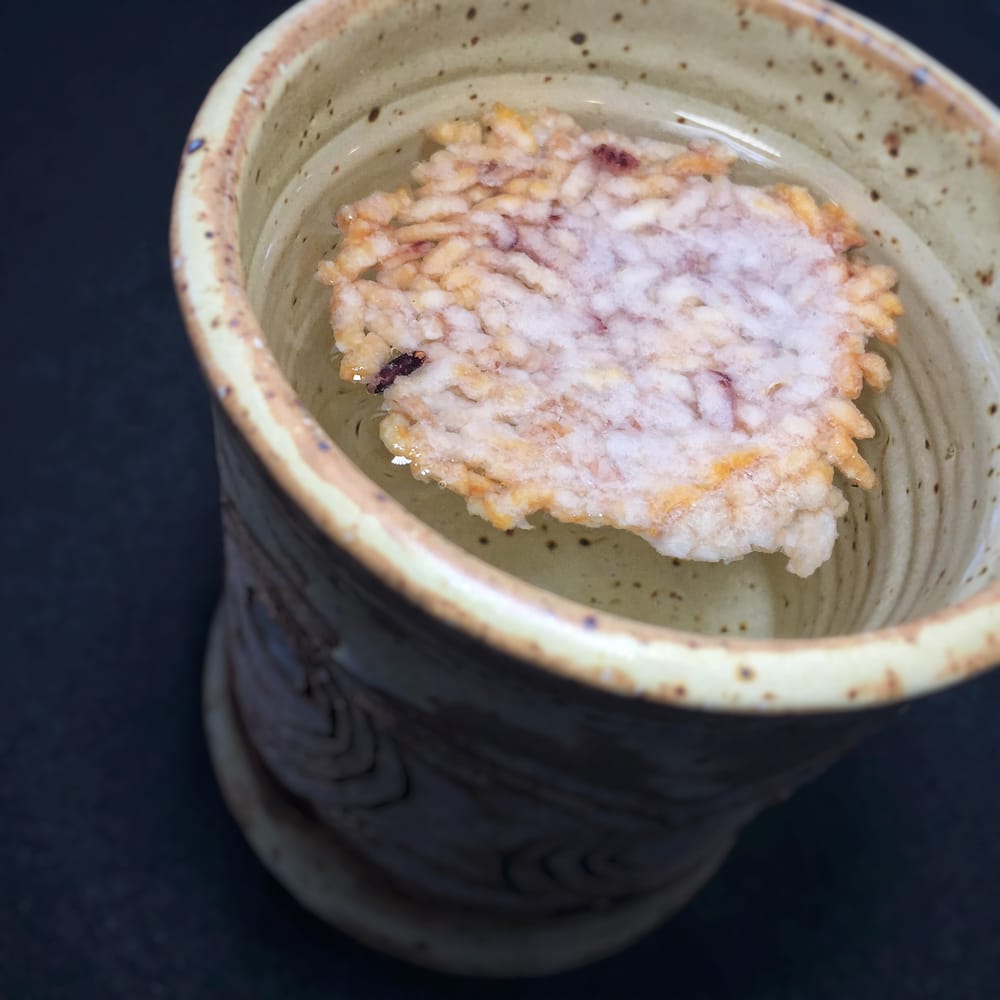
Sungnyung is a traditional Korean infusion tea. This drink is usually made from the roasted crust of rice that forms on the bottom of a pot after the rice is cooked. Water is poured on this brown crust and then simmered until the water gains the desired amount of flavour of the scorched rice.
10. Yulma
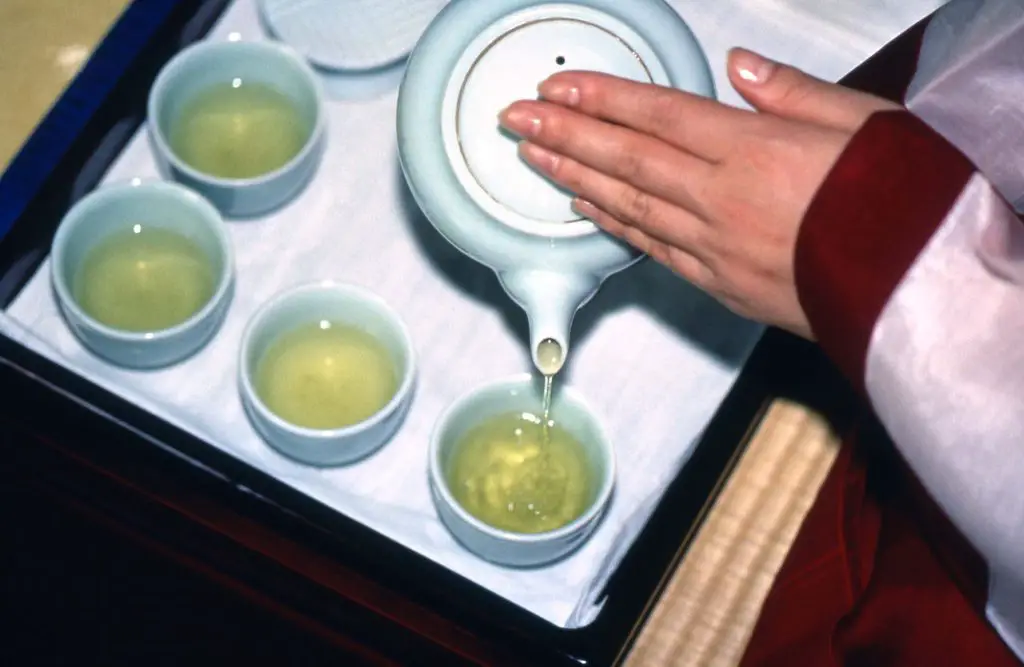
Yulmu-cha is a tea made of roasted, powdered yulmu, sometimes mixed with nuts such as walnuts. The tea is usually served hot and is also sold through vending machines in South Korea.
11. Sikhye
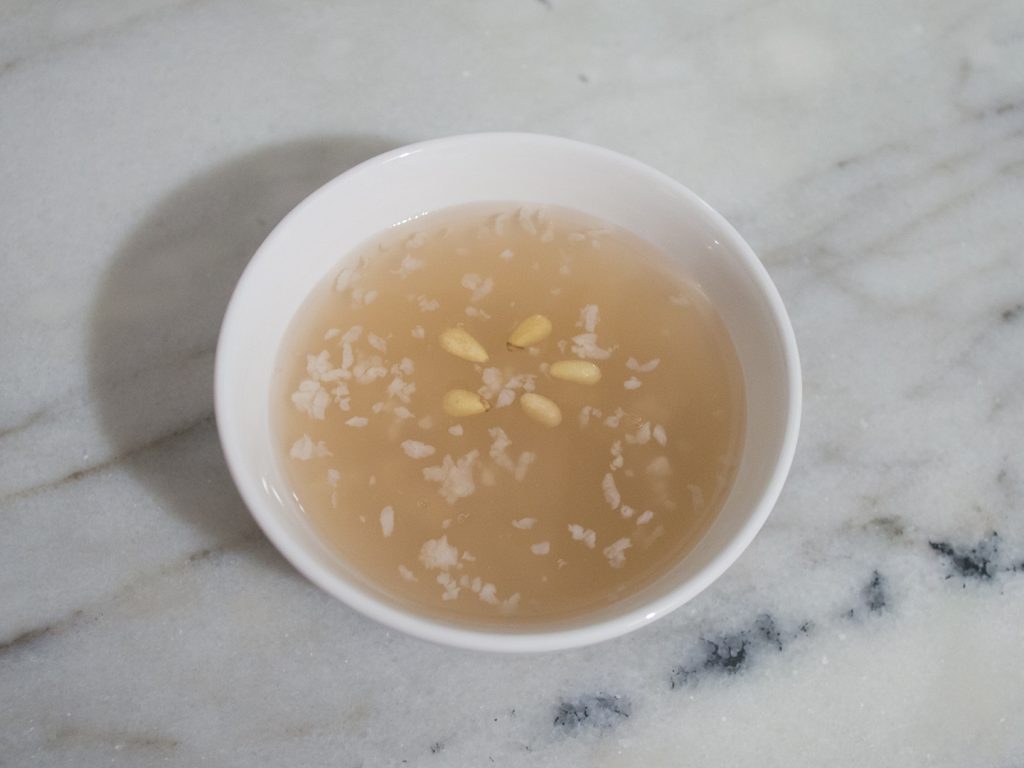
Sikhye is a typical Korean rice beverage, usually served as a dessert because it is sweet. Sikhye contains cooked rice and in sometimes, pine nuts. Sikhye is made by pouring malt water on cooked rice. The liquid is then poured out, leaving the rougher parts, and boiled until it gets to the point of desired sweetness without sugar being added to the drink.
12. Omija tea
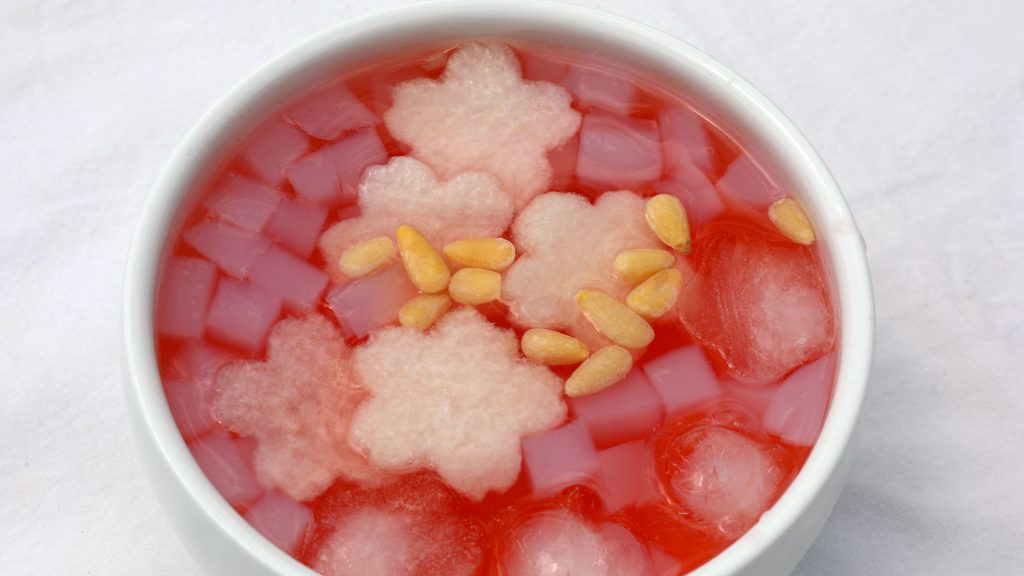
Omija-cha or magnolia berry tea is a typical Korean tea. It is made from dried magnolia berries. Omija means “five flavours” which happen to be sweet, sour, bitter, salty, and pungent. The tea is made by boiling the dried magnolia berries on low heat and then honey is added. Ground magnolia berry seeds can be added to cold water to make the tea as well.
13. Makgeolli
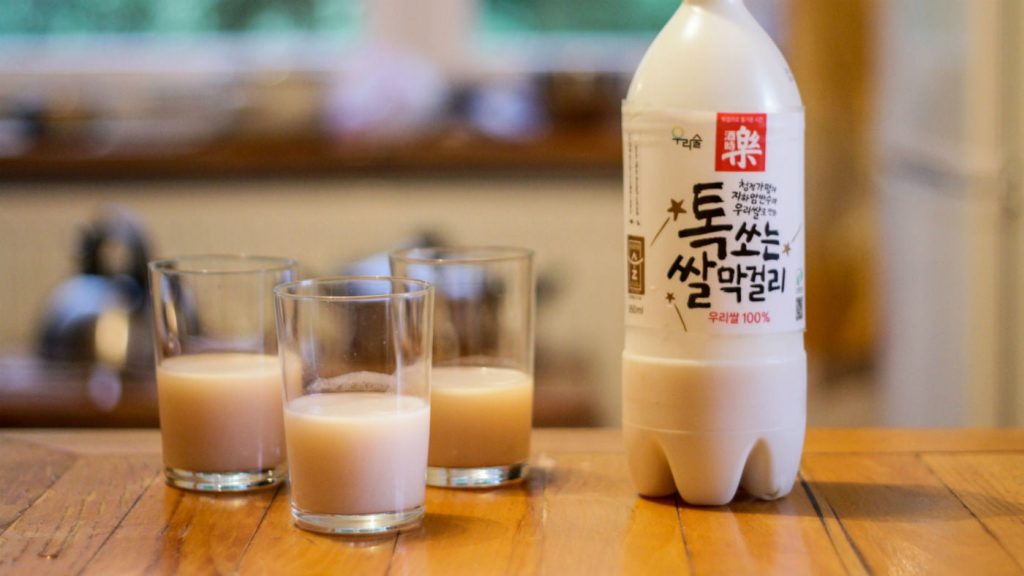
Makgeolli is an alcoholic beverage. It looks milky, off-white and there is a slight sparkle to this rice wine. Alcohol content by volume is just 6%-9%. It is often considered a happy, communal beverage. It has a short shelf life.
14. Milkis
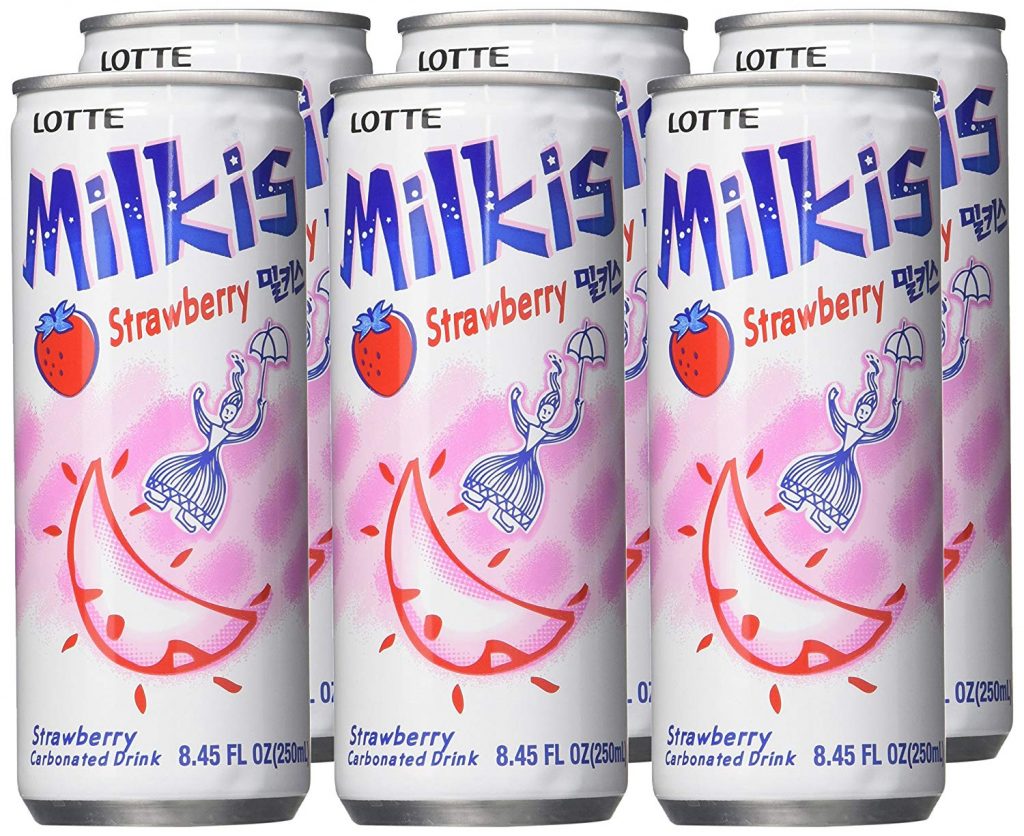
Milkis is a soft drink produced by the company “Lotte Chilsung”. It mixes the elements of traditional carbonated beverages with milk to create a creamy taste. Milkis is available in orange, strawberry, mango, banana, peach etc. It is available worldwide.
15. Misugaru
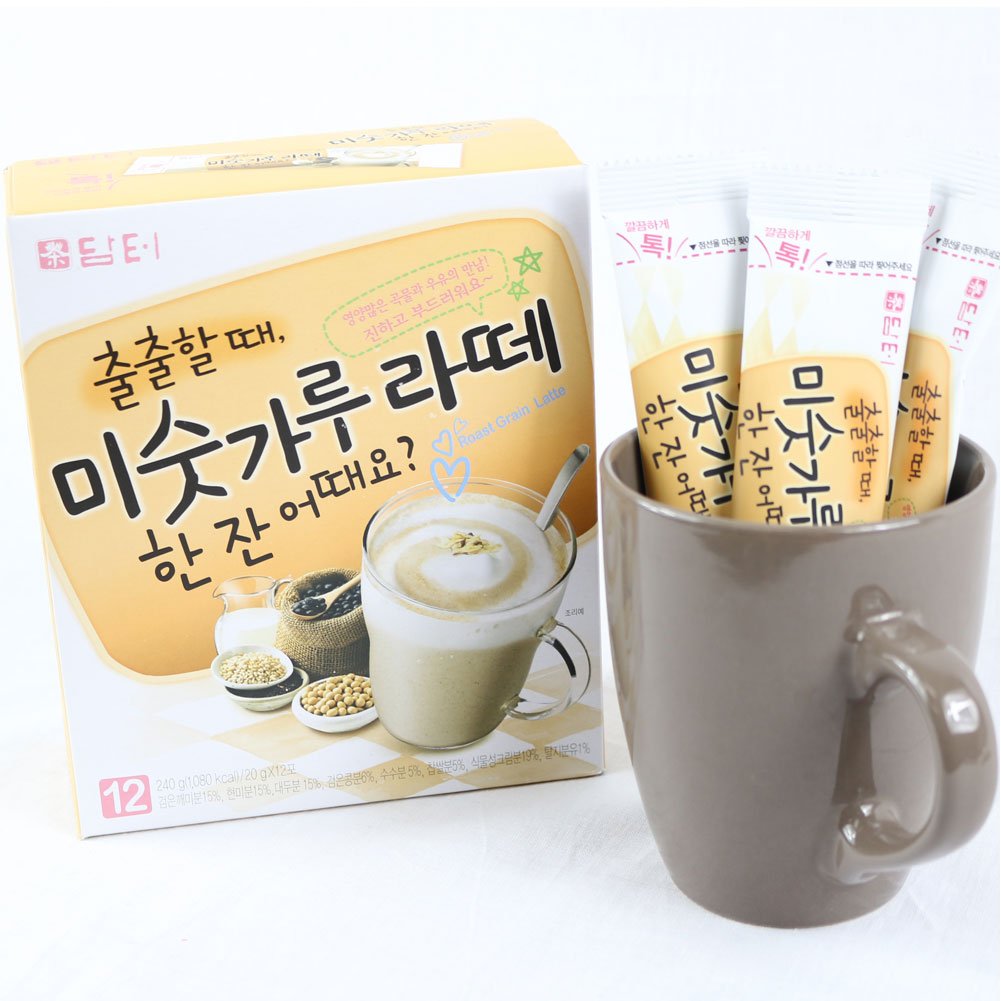
Misu is a beverage made from traditional Korean grain powder. Misu-garu is a blend of 7 to 10 different grains. It is usually served during the hot summer days as an instant thirst quencher and a nutritious drink. Misugaru is usually added to water or milk and stirred to make it a drink.
16. McCol
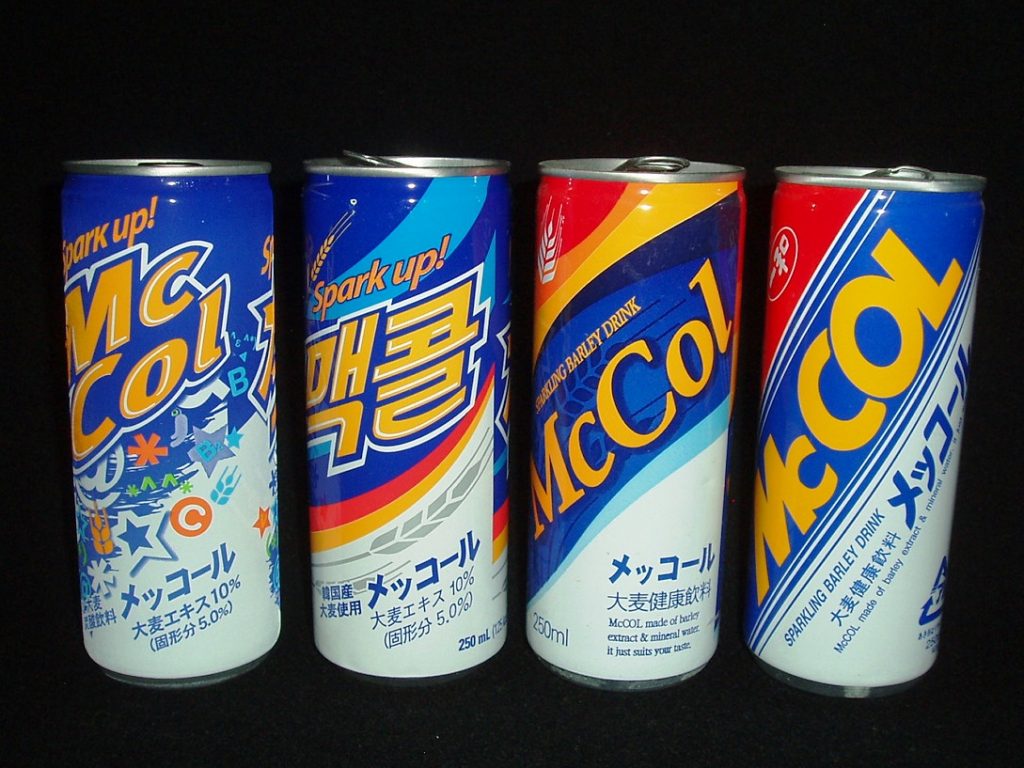
It is basically barley cola. McCol is the first such drink of Korea. It is balanced with moderate amounts of soda, barley, vitamins and lemon flavouring. It has a cool and refreshing taste. It contains dietic fibre, β-glucan, and a bunch of vitamins. The dietic fibre is what has made it very popular.
17. Cheongju
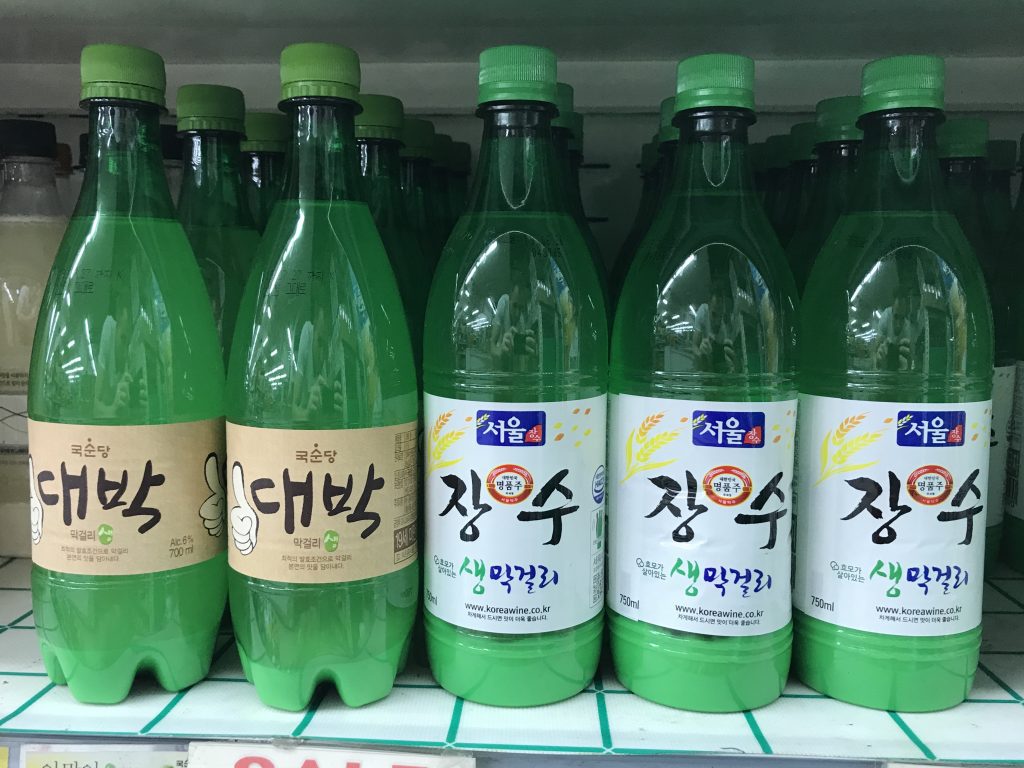
Cheongju is a clear, refined rice wine. it is usually brewed in winter, between the months of November and March. Cheongju is widely used in various traditional rituals, as it is regarded as well-prepared and good quality alcohol.
18. Baekseju
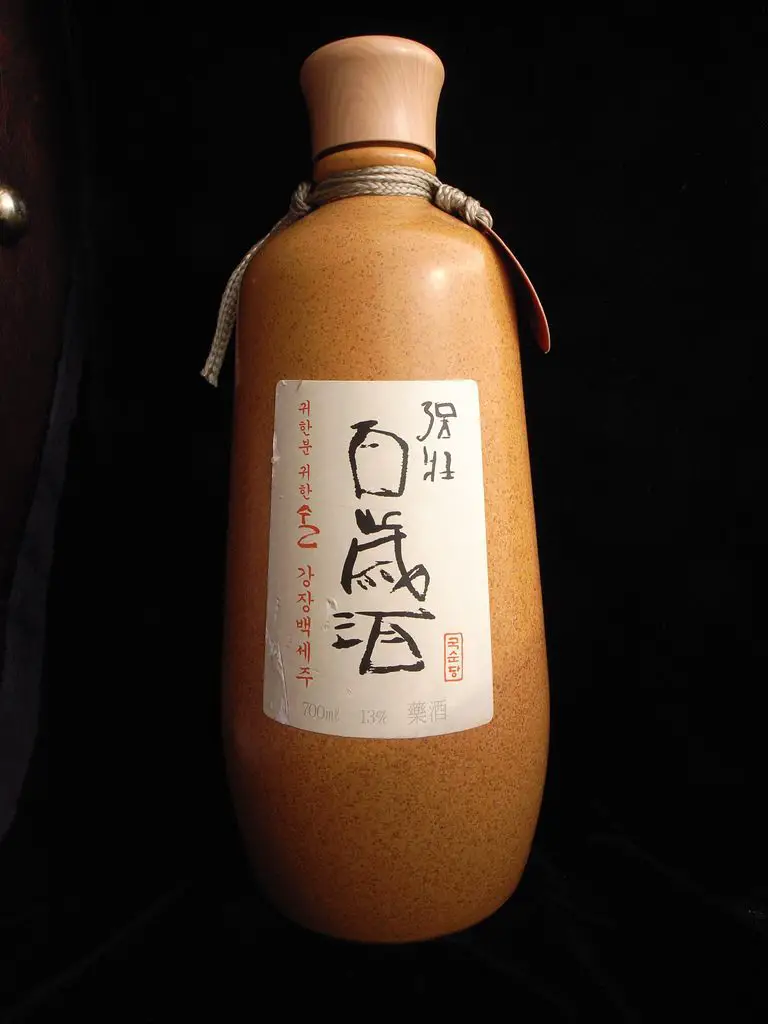
Baekseju is a traditional Korean rice-based alcoholic beverage. It is glutinous and flavored with a variety of herbs. Ginseng is the most prominent among the other 11 herbs. Baekseju is brewed using traditional methods and has a subtle flavour. It is usually had with gui and other spicy dishes. This drink is known to be perfect for those who don’t want to get too drunk.
Read also – 15 Most Popular Foods to Eat in Costa Rica
